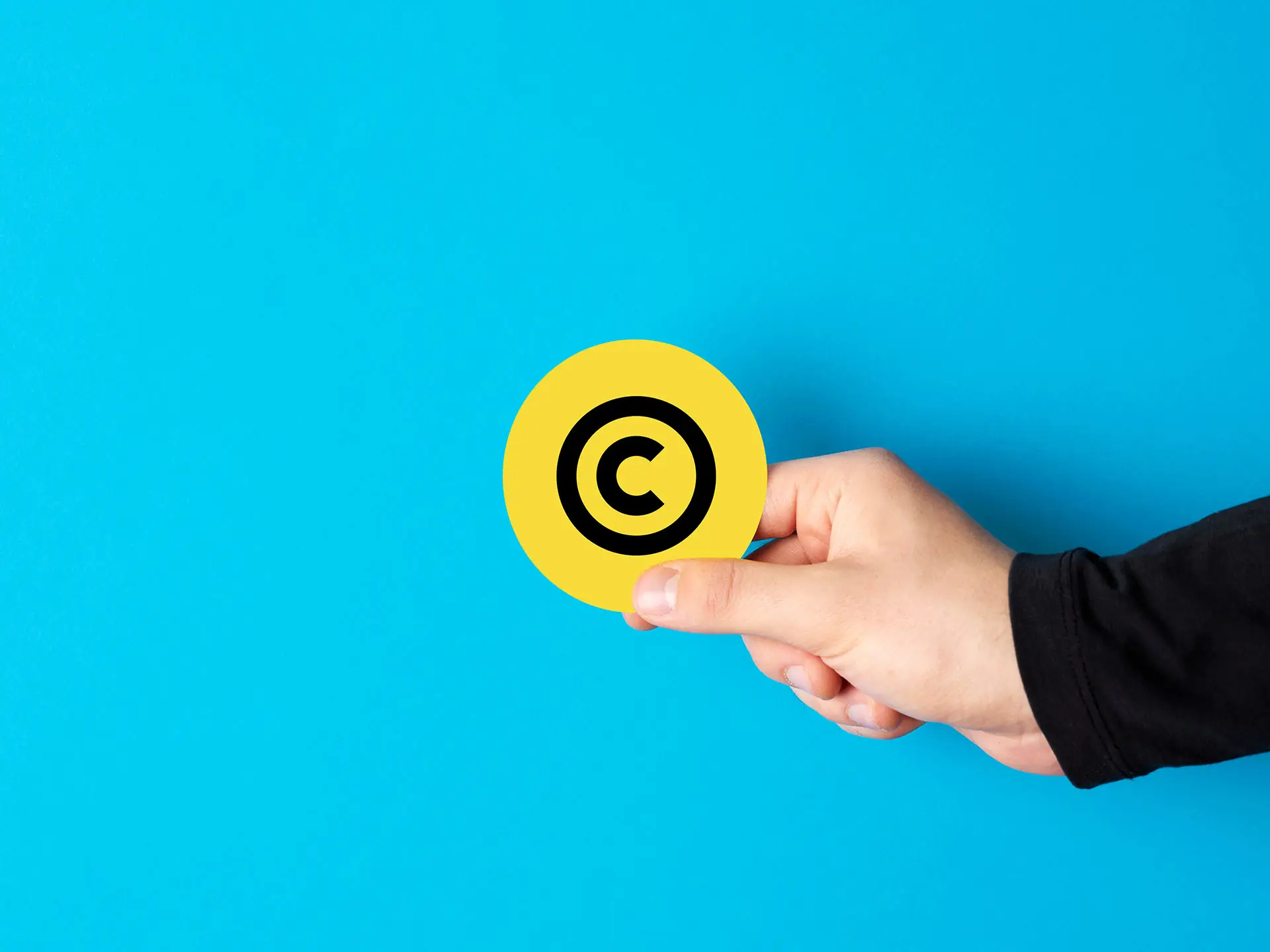Website Content Theft
It’s all too easy to copy someone else’s hard work online. A simple right-click to save content or an image to your desktop, then paste it wherever you please. It’s a growing issue that frustrates many business owners. And it’s not just the smaller fish in the pond who are guilty—some larger organisations are pretty adept at swiping valuable content too!
Website Content Theft
Earlier this year, we produced an infographic highlighting the demographics of UK Social Media users. Not only is the article and infographic copyright-protected, but it also contains our trademarked logo. To date, this graphic has been stolen by no less than two higher education establishments, both of whom seemed to think it was perfectly acceptable to use it on their own sites without permission.
It took me a considerable amount of time to research and create the content, and our graphic designer spent many hours producing the final infographic. As his employer, I paid for his time and skills. Yet, these institutions apparently felt it was fair game to simply take it without considering the effort and cost involved.
One organisation—a college in the North—apologised profusely when we contacted them. They were contrite and we ended up giving them permission to use the graphic with proper accreditation. The other, a university on the south coast, responded by moving the infographic to a page only accessible to their students via login. The fact that these institutions are teaching social media and digital marketing is worrying—are they also teaching their students that it’s okay to steal content?
More recently, a local competitor took the entire article and image, posted it to their social media page, and offered no accreditation other than mentioning me personally by name. We are a limited company—a separate legal entity with its own rights—and the business owns all website content. When I asked them to remove our property, their response was dismissive, as if it were our loss. Hardly!
It’s a perennial problem for businesses that produce high-quality content. There’s always a chance that someone might take the lazy route and ‘borrow’ your work—it’s not like there’s a padlock on your web pages.
Personally, I don’t mind granting permission to use portions of our content, provided there’s appropriate accreditation and it’s handled professionally. However, permission must be sought first. You can’t simply lift an entire article, credit the owner and presume everything is legitimate. Large-scale theft of hypertext or images can damage search engine rankings and undermine your credibility. You need to defend your intellectual property!
Website Content Theft: What Can You Do?
Here are steps you can take to protect your website content:
- Regularly check for duplicated content: If you’ve written original content, use tools like Copyscape to check if it’s being used elsewhere without your permission. For images or infographics, there are similar services that can help track their usage.
- Contact the offending party directly: If someone has copied your content, try to find the right person to approach. Large organisations should have readily available contact details, while smaller businesses may require more digging. Send an initial request, politely asking for the removal of your content or proper accreditation.
- Consider your next step if they refuse: If the offending party refuses to comply or doesn’t respond, you may need to escalate matters. At this point, you could:
- Threaten legal action.
- Contact their hosting provider and ask them to block the content.
- Inform any advertisers on their site.
These options vary in effectiveness depending on where the site is hosted and how much its advertisers value their reputation.
4. Take legal advice: If things become complicated or the issue persists, seek legal advice. It’s often the best way to protect your intellectual property if informal approaches fail.
The reality is that many people believe they can simply take whatever they like from the web without worrying about copyright or permissions. This is not true. Large image companies, for example, regularly sue individuals or businesses for using their content without payment or permission. While suing might not be the right route for your business, you definitely shouldn’t take content theft lying down.
Protect your hard-earned content—it’s an important part of your brand and business.





